#urban asia
Explore tagged Tumblr posts
Text

1K notes
·
View notes
Text

#night mode#japan travel#japan#japanese#asia#nighttime#night#streetphoto#streetscape#architecture#pedestrians#street#tokyo#street style#people#pedestrian#city photography#street photography#asia travel#cyberpunk aesthetic#photography#cyberpunk#urban photography#night city#streetscene#street art#urban landscape#neon glow#neonoir#neoncore
655 notes
·
View notes
Text
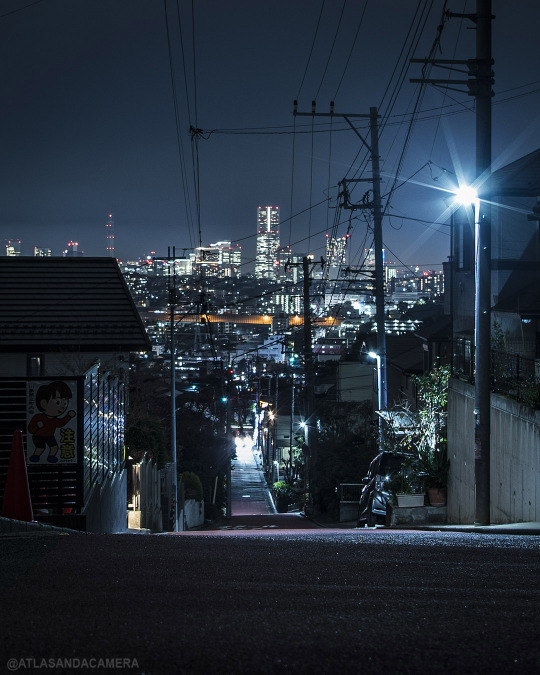
Yokohama, Japan
#queue#photography#travel#travel photography#urban#city#streets#yokohama#japan#asia#yokohama streets#city lights#night#yokohama at night#yokohama skyline
1K notes
·
View notes
Photo
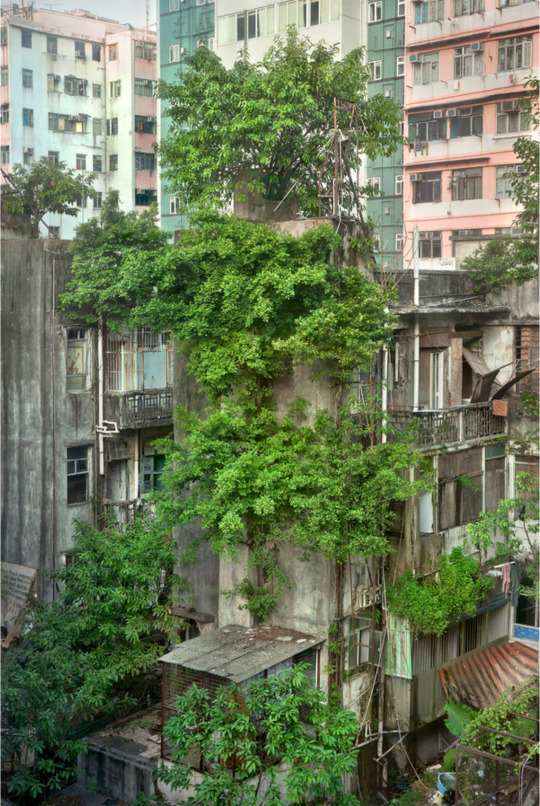
'Wild Concrete #58' Hong Kong, 2013. Romain Jacquet-Lagrèze. Chromogenic print. (however long I’ve been posting here, that’s how long every spell checker says ‘chromogenic’ is either not a real word or it’s spelled incorrectly).
#photography#hong kong#ASIA#color#Architecture#culture#ruins#urban landscape#city scenes#photographie#foto
5K notes
·
View notes
Text







The Veil House, Taiwan - Paperfarm
#Paperfarm#architecture#design#building#modern architecture#interiors#minimal#house#house design#modern#brick#brick house#brick architecture#cool design#beautiful home#home decor#interior design#staircase#bedroom#balcony#terrace#courtyard#urban#infill#taiwan#east asia#architecture blog#beautiful buildings#facade#light and shadow
237 notes
·
View notes
Text

Alley of Light Part of my Dream World Photography Series
2024
Website Facebook Instagram Twitter Redbubble Prints
#anthony presley#tokyo#japan#asia#night#city#urban#street#architecture#lofi#anime#bladerunner#outrun#cyberpunk#moody#dark#retro#vaporwave#culture#travel#photo#night photography#surreal photography
272 notes
·
View notes
Text

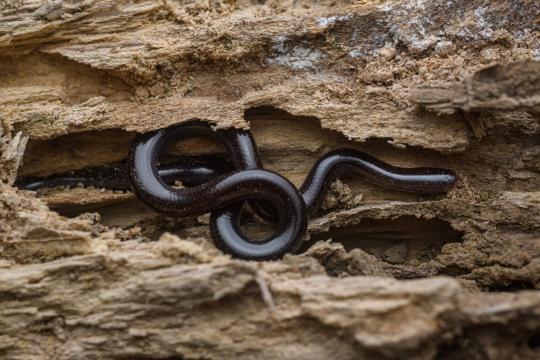

Brace Yourself for the Brahminy Blind Snake
Also known as the flowerpot snake, the Kurudi snake, or the Sirupaambu snake, the Brahminy blind snake (Indotyphlops braminus) is a species of snake common throughout Africa and southern Asia, and introduced in southern Europe, southern North America and Central America, and parts of Oceania including mainland Australia.
The Brahminy blind snake is a fossorial species, spending most of its time underground or in piles of dense leaf litter in forests and agricultural areas. During the winter in colder regions, they burrow deep beneath the earth and enter a state of hibernation. They are not aggressive or venomous, and feed mainly on eggs and insects, especially ants and termites. As a result they are often found near anthills or termite mounds. The kurudi snake can be predated upon by larger snakes, amphibians, birds, and some carnivorous insects.
I. braminus is the smallest recognized snake, ranging only 5–10 cm (2-4 in) in length and weighing between 0.74-1.87 g (0.02-0.06 oz). Due to their burrowing nature, they are also quite slender, and their head is as narrow as the rest of their body. The tail is distinguishable only by a small, sharp spur. The eyes are extremely small and can only register light. Adults are typically dark gray or brown, although they can become beige or purple while molting.
The flowerpot snake reproduces entirely via parthenogenisis, a mechanism in which the mother's eggs duplicate via mitosis. The result of this method of reproduction is that offspring are all clones of their mother. In the spring Females may either lay eggs or give birth to live offspring, up to eight at a time. Young emerge shortly before monsoon season and are are capable of fending for themselves immediately after being born.
Conservation status: the IUCN has ranked the Brahminy blind snake as Least Concern due to its wide distribution. Although it has been introduced to many areas outside its native range, it is not considered ecologically damaging.
Photos
Gulab Khedkar et al.
Vijay Anand Ismavel
Thai National Parks
#brahminy blind snake#Squamata#Typhlopidae#blind snakes#snakes#serpents#squamates#reptiles#tropical forests#tropical forest reptiles#urban fauna#urban reptiles#africa#asia#animal facts#biology#zoology#ecology#queer fauna#nature is queer
347 notes
·
View notes
Text
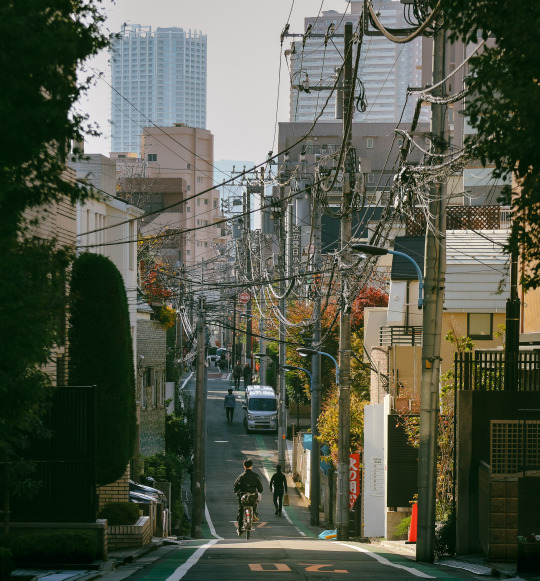
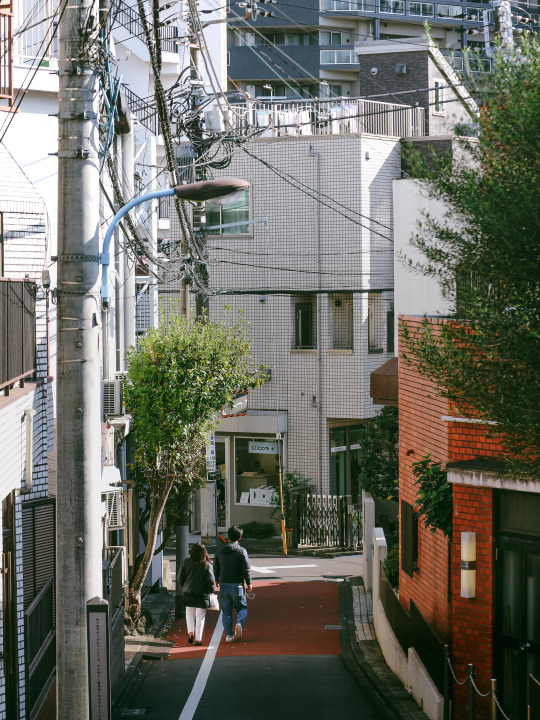

Love those streets that sneak off Kagurazaka-dori, Tokyo.
#tokyo#street life#urban#japan#photography#tumblr japan#stroll#places#city life#love japan#life in japan#life in tokyo#kagurazaka#streets#japan travel#asia
3K notes
·
View notes
Text






#80s#80s photography#vintage#retro#street#urban#urban photography#vintage photos#vintage photography#1980#asia#asian#1970#70s#1990#90s#aesthetic#japan#japan street#japan style#80s japan#tokyo#osaka#mpip
104 notes
·
View notes
Text

Hong Kong (by Raita Futo)
#Hong Kong#Hongkong#Asia#Asien#City#Cityscape#Urban#Buildings#View#Viewpoint#Skyscraper#Travelling#Traveling#Tourism#Holiday#Urlaub#Reisen
65 notes
·
View notes
Text

#night mode#japan travel#japan#japanese#asia#nighttime#night#streetphoto#streetscape#architecture#street#tokyo#street style#city photography#street photography#asia travel#cyberpunk aesthetic#photography#cyberpunk#urban photography#night city#streetscene#street art#urban landscape#neon glow#neonoir#neoncore#japantrip#neon colors#glow
1K notes
·
View notes
Text

Yokohama, Japan
#queue#photography#travel#travel photography#urban#city#streets#yokohama streets#yokohama#japan#yokohama at night#city lights#asia
260 notes
·
View notes
Photo

Wait in line by Dave Fieldhouse Photography
#omoidyokocho#japan#tokyo#shinjuku#food#eatery#restaurant#alley#alleyway#night#nighttime#city#cityscape#urban#travel#travelphotography#asia#wwwdavefieldhousephotographycom#sony#sonyalpha#street#streetphotography#flickr#thingsdavidlikes
271 notes
·
View notes
Text

#ai#neon glow#night city#japantrip#cyberpunk#urban photography#night mode#streetscene#street style#asia#neoncore#city photography#glow#streetphoto#japan#tokyo#architecture#neon colors#neonoir#urban landscape#asia travel#photography#street photography#street art#japanese#aiart#digitalart#japan travel#street#night
61 notes
·
View notes
Text

Finding Self Again Part of my Dream World Photography Series
2024
Website Facebook Instagram Redbubble Prints
#anthony presley#night#anthonypresley#urban#photographers directory#city#bladerunner#street#outrun#cyberpunk#tokyo#japan#asia#lofi#anime#cyberpunk 2077#cyberpunk aesthetic#night city#futuristic
153 notes
·
View notes
Text




Clap for the Indian Flapshell Turtle!
The Indian flapshell turtle, also known as Lissemys punctata is a species of softshell turtle found throughout India, as well as Pakistan, Bangladesh, Nepal, Sri Lanka, and Myanmar. It prefers quiet, stagnant freshwater and muddy bottoms, and is most common in slow moving river and streams, marshes, ponds, lakes, and reservoirs. However, this species is also able to tolerate salt water to some degree, and therefore may also be occasionally found in salt marshes and estuaries.
L. punctata gets its common name from the leathery flaps of skin attached to its underbelly, which covers the limbs when they are drawn in and helps individuals retain moisture during the dry season. Female Indian flapshells are larger than males, with a maximum shell length of 35 cm (13 in) and a weight of up to 800 g (28.2 oz), while males reach a maximum of only 23 cm (9 in) and 550 g (19.4 oz). There are three subspecies of the Indian flapshell turtle which may be distinguished by the pattern on their shells. The nominal species, L. p. punctata and L. p. vittata both have smooth, dark brown or olive green shells, while L. p. andersoni has bright yellow spots along the head and back. The underbellies of all subspecies are typically white or pale yellow.
During the wet season, Indian flapshell turtles spend most of their time foraging for food. Their drab colouring allows them to hide easily along muddy bottoms or dense vegetation. L. punctata are opportunistic omnivores, meaning they will eat just about anything that they can find. They are known to feed on a variety of items, including aquatic vegetation, fish, shrimp, snails, crustaceans, mollusks, small mammals and amphibians, and carrion. Adults are predated upon by crocodiles; in the dry season, they may also be opportunistically predated upon by vultures, crows, and wild pigs, as this is when adults are more likely to either burrow into the mud to wait for rain, or move overland in search of water.
Nesting for L. punctata typically occurs at the start of the wet season and continues from June to November. Adult males seek out females and court them by stroking her shell with his flippers. If she is receptive, the pair mirror each other and bob heads before copulation. Afterwards, the female digs a nest close to the edge of the water and lays anywhere from 2-16 eggs. She may lay up to three clutches over the course of the wet season. Incubation typically takes 200-300 days, although some clutches may take up to 400 days to hatch.
Indian flapshell eggs are highly resistant to flooding, and may survive up to 24 hours of submersion. After hatching, the young are completely independent; survival is therefore quite low. Those that make it to adulthood begin reproducing at 2-3 years old, and may live to be up to 20 years.
Conservation status: The IUCN currently lists the Indian flapshell turtle as Least Concern, although recent studies have recommended the species be upgraded to Vulnerable. They are primarily threatened by hunting for meat and medicinal value, as well as poaching for the pet trade. Secondary threats include habitat loss or degredation and road moralities.
Want to request some art or uncharismatic facts? Just send me proof of donation of any amount to any of the fundraisers on this list, or a Palestinian organization of your choice!
Photos
Harikrishnan S
avrajjal via iNaturalist
makarandsaraf via iNaturalist
L. Shyamal
#indian flapshell turtle#Testudines#Trionychidae#softshell turtles#turtles#reptiles#freshwater fauna#freshwater reptiles#rivers#river reptiles#lakes#lake reptiles#wetlands#wetland reptiles#urban fauna#urban reptiles#asia#central asia#india
59 notes
·
View notes